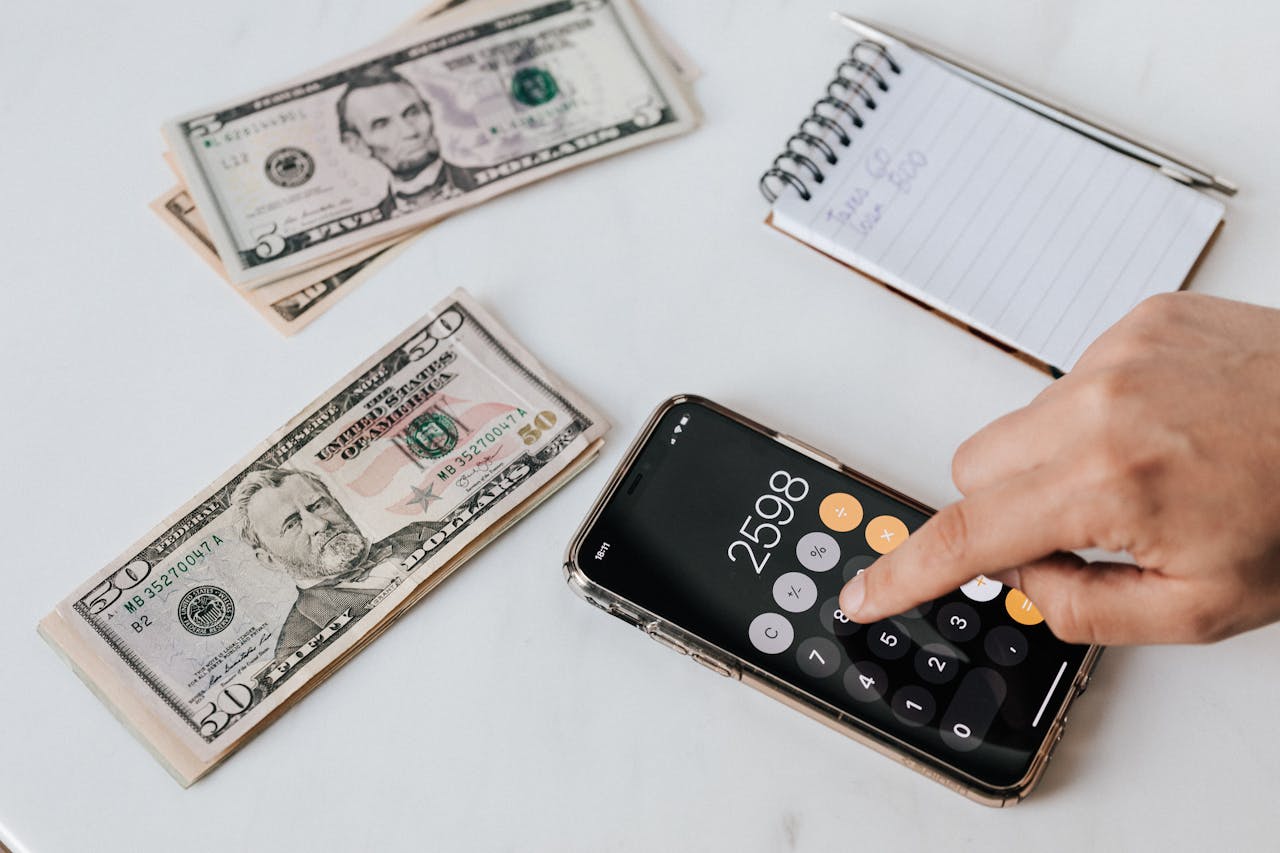When it comes to managing your money wisely, one of the first decisions you’ll face is whether to put your funds into a checking account or a savings account. While both serve essential financial purposes, they differ significantly in functionality, access, and the benefits they offer. Understanding the differences between a checking account vs savings account can help you make informed decisions that align with your financial goals.
In this comprehensive guide, we’ll break down what each account type is, how they work, their pros and cons, and how to use them effectively. Let’s dive in.
What is a Checking Account?
A checking account is a deposit account held at a bank or credit union that allows for frequent access to your money. It’s designed primarily for daily transactions such as paying bills, making purchases, or withdrawing cash.
Key Features:
- Easy access via debit cards, checks, and online banking
- Unlimited transactions (for most accounts)
- Typically earns little or no interest
Common Uses:
- Paying monthly bills
- Shopping and everyday expenses
- Direct deposit for paychecks
Checking accounts are often linked to mobile apps and digital wallets, making them extremely convenient for day-to-day use.
What is a Savings Account?
A savings account is a bank account designed to hold money you don’t need right away. It’s intended for saving, not spending, and usually earns interest over time.
Key Features:
- Interest-bearing (rates vary by bank)
- Limited monthly withdrawals (often 6 per month due to federal regulations)
- Ideal for building an emergency fund or saving for a goal
Common Uses:
- Emergency savings
- Saving for a vacation, car, or home
- Short-term or medium-term financial goals
Savings accounts are great for parking your money in a safe place while it grows slowly but steadily.
Checking Account vs Savings Account: Key Differences
Let’s compare the two head-to-head so you can see where each account shines.
| Feature | Checking Account | Savings Account |
|---|---|---|
| Purpose | Spending | Saving |
| Interest | Low to none | Higher, varies by bank |
| Access | Unlimited | Limited withdrawals/month |
| Debit Card | Yes | Rarely or not offered |
| Checks | Yes | No |
| Fees | May include maintenance or overdraft fees | May include withdrawal fees |
| Best For | Daily expenses | Building savings over time |
Pros and Cons of Checking Accounts
Pros:
- Immediate access to funds
- Convenient for bills and purchases
- Often includes mobile banking and online bill pay
Cons:
- Little to no interest earned
- Potential overdraft or monthly fees
- Easy to overspend if not monitored
Pros and Cons of Savings Accounts
Pros:
- Earns interest
- Encourages saving behavior
- Typically more secure and less tempting to spend
Cons:
- Limited withdrawals (per federal guidelines)
- Lower interest rates compared to investment accounts
- Fewer features like checks or debit cards
When to Use a Checking Account
Use a checking account when you need:
- Frequent access to your money
- To manage daily and recurring expenses
- A reliable place for direct deposit
If you want to keep your money liquid and available without restrictions, a checking account is your best option.
When to Use a Savings Account
Use a savings account when you:
- Are building an emergency fund
- Want to save toward a specific goal
- Want to earn interest on your idle money
Savings accounts are ideal for money you don’t need to touch often but want to grow slowly and securely.
Can You Have Both a Checking and Savings Account?
Absolutely—and in fact, that’s recommended. Using both accounts together allows you to manage your money efficiently. Here’s how:
- Checking Account for everyday use
- Savings Account for setting aside money for future needs
Many banks offer linked accounts, which allow for easy transfers between the two. Some even provide automatic transfers, helping you save effortlessly.
How to Choose the Right Accounts
When deciding which bank accounts to open, consider the following factors:
1. Interest Rates
Look for savings accounts with high APYs (Annual Percentage Yields). Online banks typically offer better rates than traditional banks.
2. Fees
Avoid accounts with high maintenance fees or hidden charges. Many banks offer fee-free accounts with direct deposit or minimum balances.
3. Access & Convenience
Choose an account that fits your lifestyle. If you prefer digital banking, go with a bank that has an intuitive mobile app.
4. FDIC or NCUA Insurance
Ensure your bank or credit union is insured so your money is protected up to $250,000 per account.
Online vs Traditional Bank Accounts
Both checking and savings accounts can be opened online or at a physical branch. Here’s a quick comparison:
| Feature | Online Bank | Traditional Bank |
|---|---|---|
| Interest Rates | Higher | Lower |
| Fees | Lower | Higher |
| Access | Online only | Physical branches |
| Customer Service | Chat/email | In-person and phone support |
Many people opt for online accounts for savings (higher interest) and use a local bank or credit union for checking due to convenience.
Final Thoughts: Checking Account vs Savings Account
Understanding the differences between a checking account vs savings account is the foundation of smart money management. Each serves a unique role: checking accounts help you spend efficiently, while savings accounts help you prepare for the future.
The smartest strategy? Use both. Keep your everyday funds in a checking account and let your savings grow separately in an interest-bearing savings account.
Pro Tip: Automate your savings. Set a recurring transfer from checking to savings every payday. You’ll build a financial cushion without even thinking about it.
By aligning your bank accounts with your financial habits, you set yourself up for long-term success and peace of mind.












